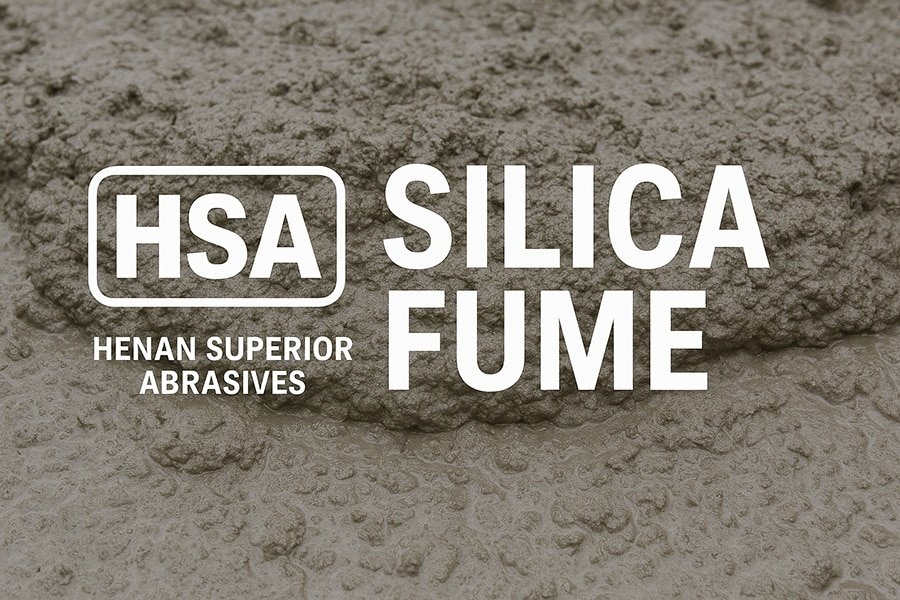Concrete is one of the most widely used construction materials in the world. Its popularity is due to its versatility, strength, and durability. However, to enhance its properties, supplementary cementitious materials (SCMs) are added to the concrete mix. One of the most commonly used SCMs is silica fume.
Silica fume is a byproduct of the production of silicon metal or ferrosilicon alloys. It is a highly reactive, fine powder with a particle size of less than 1 micron.
Supplementary cementitious materials are added to concrete to improve its properties such as strength, durability, and workability. These materials also help reduce the carbon footprint of concrete production by reducing the amount of Portland cement required in the mix.
Characteristics of Silica Fume
Composition
Silica fume is a byproduct of the production of silicon metal or ferrosilicon alloys. It consists of ultrafine particles of silicon dioxide (SiO2) with a high specific surface area. This high surface area makes silica fume highly reactive in concrete, which contributes to its effectiveness as a supplementary cementitious material.
Particle Size
Silica fume particles are incredibly fine, with an average particle size of 0.1-0.2 microns. This small particle size makes silica fume easier to disperse in concrete than other SCMs, which are typically larger in size. The fine particle size of silica fume also contributes to its high surface area and reactivity.
Reactivity in Concrete
Due to its high surface area and chemical composition, silica fume is highly reactive in concrete. It reacts with calcium hydroxide (CH) and other byproducts of cement hydration to form additional CSH gel, which enhances the strength and durability of concrete. Additionally, silica fume reacts with other components in concrete to form pozzolanic compounds that can improve the workability, density, and resistance to chemical attack of concrete.
Comparison of Silica Fume with other SCMs
Fly Ash
Fly ash is a byproduct of coal-fired power plants and is made up of fine, glassy particles. It is a pozzolanic material that reacts with calcium hydroxide in concrete to form additional calcium silicate hydrate. Fly ash has a larger particle size than silica fume, and while it can improve the strength and workability of concrete, it may not be as effective in reducing permeability and improving durability as silica fume.
Ground Granulated Blast Furnace Slag (GGBFS)
GGBFS is a byproduct of the iron and steel-making industry. It is a granulated material that has a larger particle size than silica fume and is often used to improve the durability and workability of concrete. GGBS has pozzolanic properties, but it is less reactive than silica fume, meaning it may not have as significant an impact on the strength and permeability of concrete.
Metakaolin
Metakaolin is a highly reactive pozzolanic material that is produced by heating kaolin clay. It has a particle size that is similar to silica fume and has been shown to improve the strength and durability of concrete. However, metakaolin is typically more expensive than other SCMs, including silica fume, which may limit its widespread use.
Rice Husk Ash
Rice husk ash is a byproduct of the combustion of rice husks and has pozzolanic properties. It has a larger particle size than silica fume and is typically used to improve the workability of concrete. Rice husk ash has a lower reactivity than silica fume and may not have as significant an impact on the strength and durability of concrete.
How to Choose Right SCMs?
The choice of supplementary cementitious material for a concrete mix will depend on the specific requirements of the project, including strength, durability, workability, and cost. Silica fume is an excellent choice for projects that require high performance concrete, but it may not be the best option for all projects due to its cost. Other SCMs such as fly ash, GGBS, metakaolin, and rice husk ash may be more appropriate in certain cases. It is recommended to consult with a knowledgeable expert before making a decision on which SCM to use, for example: Henan Superior Abrasives (HSA).
Professional SCMs Supplier
As a leading supplier of Supplementary Cementitious Materials, HSA plays a crucial role in the concrete industry. The company’s commitment to providing high-quality SCMs has earned them recognition and partnerships with many well-known concrete companies worldwide. The long-term relationships HSA has built with these companies is a testament to their reliability and expertise in the field.
HSA’s position as one of the largest suppliers of SCMs in China allows them to offer their customers a wide range of options for their concrete projects. Whether it’s for use in high-strength concrete, high-performance concrete, or other specialty concrete applications, HSA has the expertise and resources to provide the right solution.
If you’re in need of microsilica, Fly Ash, Metakaolin or other supplementary cementitious material for your concrete projects, consider partnering with HSA for a successful outcome.





